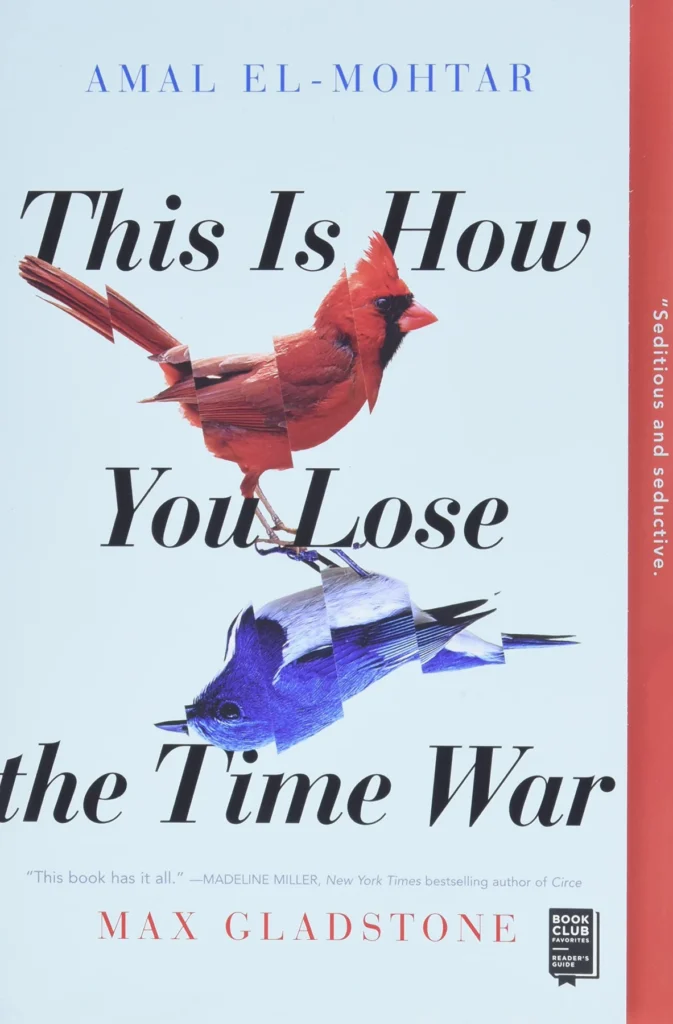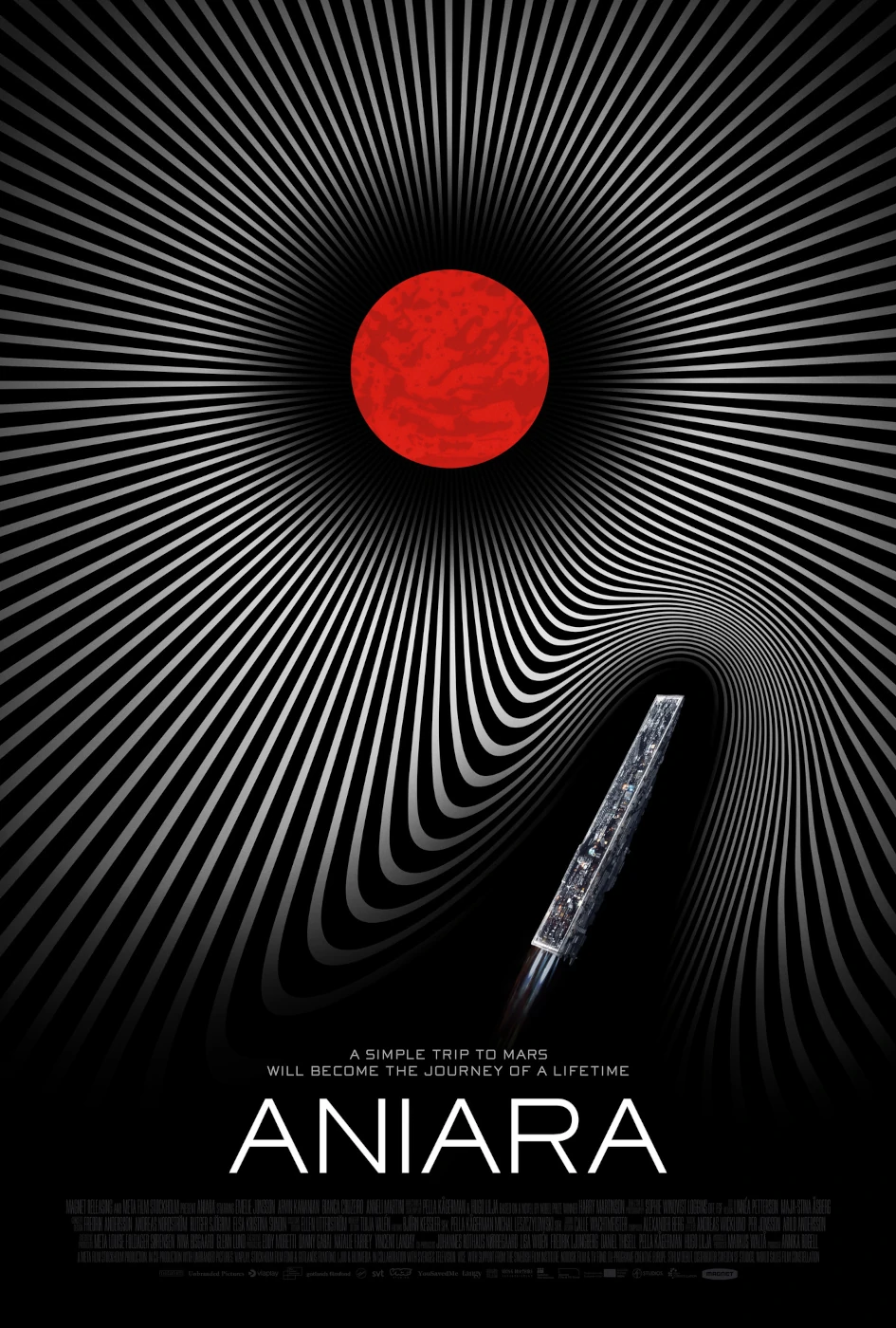
October Staff Picks: Etsy Artists, Sci-Fi Reboots, and More!
Words By F(r)iction Staff
Eileen Silverthorn
I have been loving this Etsy artist named AbiToads! She draws these adorable, wide-eyed creatures that she calls Mushlings, and they are the cherubs of your dark cottagecore daydreams. We all deserve and need more cuteness, more nature, AND more art in our lives, and AbiToads’s creations have been giving me joy as we move into October. I will be supporting her indie business by buying some of her art prints as I begin decking the halls for this cozy, spooky, time-to-imagine-yourself-as-a-leaf-peeping-woodland-creature, luscious Fall season. Check out her animations on Instagram and TikTok, as well as the range of goods offered in her Etsy store!
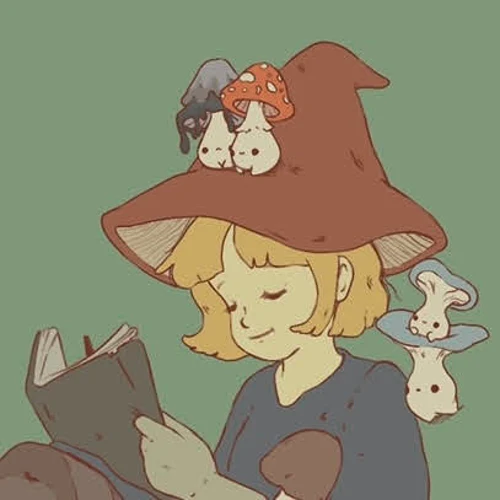
Gina Gruss
“When someone you have loved has reached death’s door/
space stands harder and more brutal than before.”
–Aniara, by Harry Martinson
Aniara (2018) is prescient and haunting and familiar, if you’re someone who is overstuffed with existential dread about the future (due to: climate collapse, rising fascism, loss of democracy/human rights, looming war, etc., etc.). It’s about fragility, precariousness; in the near-future, a ship sends humans to Mars. Something goes wrong (keeping the spoilers minimal here, ha), and the ship veers off-course, and nobody can steer the ship. Humans do what they do best: fight for control, attempt to survive. It’s a slow film, a gorgeous film, and also features a WLW relationship(!). I can’t strip this movie from my mind, just like the existential dread it so wonderfully echoes. The best part of the movie? It introduced me to the original Aniara, by Harry Martinson, which is an epic poem with the same core plot as the film. It feels just as timely, even though it was written in 1956. A quick note—these works were both written in Swedish, so I’m sure some things were lost in translation. I highly recommend both, but only if you are in a mindset where you can handle the heavy themes at play. These pieces hurt. And yet… I want to go back. Just like it hurts to look at the sun, sometimes, you feel compelled—and inevitably—stare. And stare. And stare. Because even if it hurts, sometimes it’s even harder to look away.
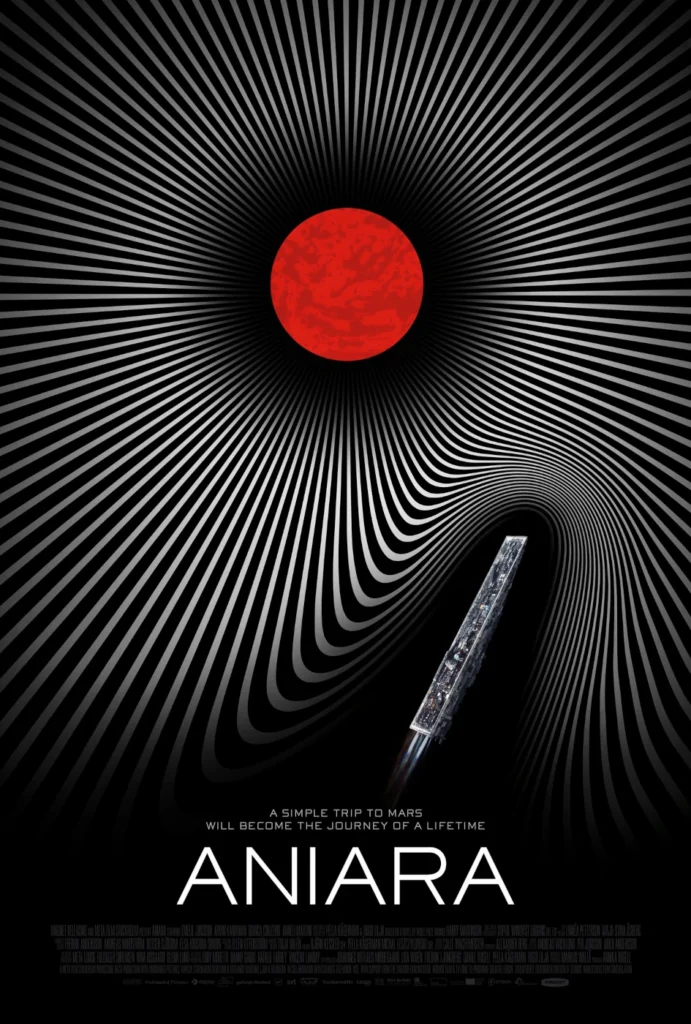
Dominic Loise
A reboot of Quantum Leap has just launched on NBC and is available for rewatching on Peacock for streaming. The new show honors the original by acknowledging that Dr. Samuel Beckett (Scott Bakula), who invented Project Quantum Leap is still missing. When the first show ended thirty years ago, Dr. Beckett made the choice not to leap home in the final episode but to continue helping people one person at a time.
What I love about Quantum Leap is the premise of a person time-traveling righting wrongs by having their consciousness materialize into another person in the past and the time traveler needs to help with an occurrence in history, which happened to ordinary people in order to make the leap out of the other body. A Leaper like Dr. Beckett & now Dr. Ben Song (Raymond Lee) also has holographic helpers from the present, providing them with information from newspaper archives and computer simulations. The show is not about a person in the past not being able to handle an integral moment in their life and the universe needing to send in a time traveler to handle it for them. The importance of Quantum Leap is the timing of when the show is on the air.
The original show (now on Peacock) aired from 1989-1993 during a time when the country was examining how it looked at its past and how we wanted to be moving forward. It was a time of great divide and some old-fashioned-thinking people would call this changed viewpoint politically correct as if it was derogatory. At the same time the show was featuring a white man traveling between the 1950s to the 1980s and he was put in a different perspective to deal with: race; women & queer rights; labeling; mental health awareness; and bullying.
The new Quantum Leap also is on the air during a time of great divide in this country. I look forward to watching the further leaps of Dr. Ben Song and am interested in seeing what reflects back in the mirror each new episode.
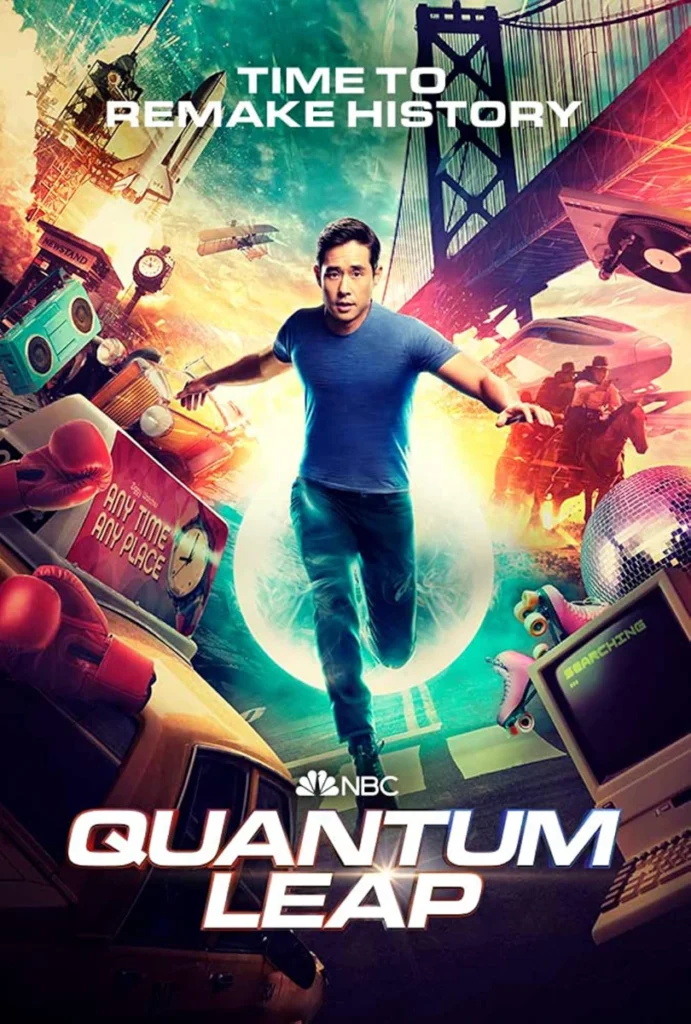
Victoria Bruick
I haven’t stopped thinking about This Is How You Lose the Time War by Amal El-Mohtar and Max Gladstone since I finished reading it at 3 a.m. a few weeks ago. The novella follows the letter exchange between two agents, Red and Blue, who are fighting on opposing sides of a war spanning time and space. Red and Blue climb up and down the “threads” of distant multi-verses to complete missions and sabotage each other’s work to ensure their factions’ victory. Or so the novella begins.
The two enemies begin leaving letters in the ashes of a burning world, in seeds delivered by a goose, and in the rings of a tree grown over decades. As the haughty taunts develop into romantic missives, Red and Blue find themselves in a dangerous game. The story takes an imaginative spin on Romeo and Juliet and blends it with imagery-rich prose that sounds like something a queer Lord Byron may have written if Byron was a time-traveler.
It’s no surprise to me that This Is How You Lose the Time War won both the Hugo and Nebula awards for best novella. This is a story that’s over before it begins but continues to surprise you at every turn.
